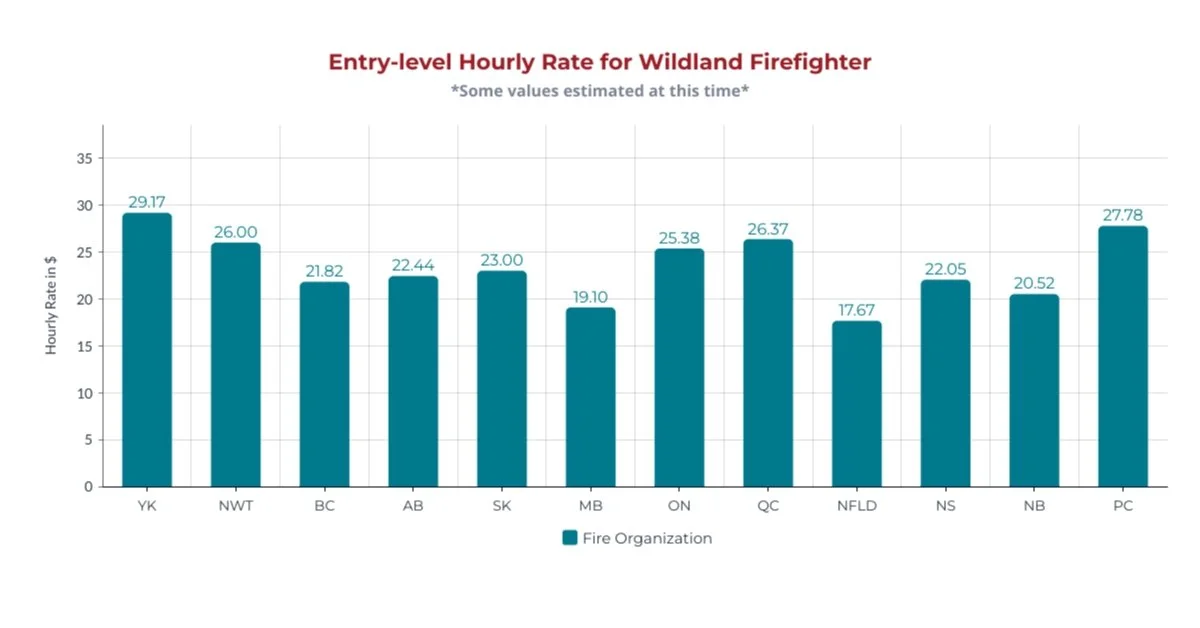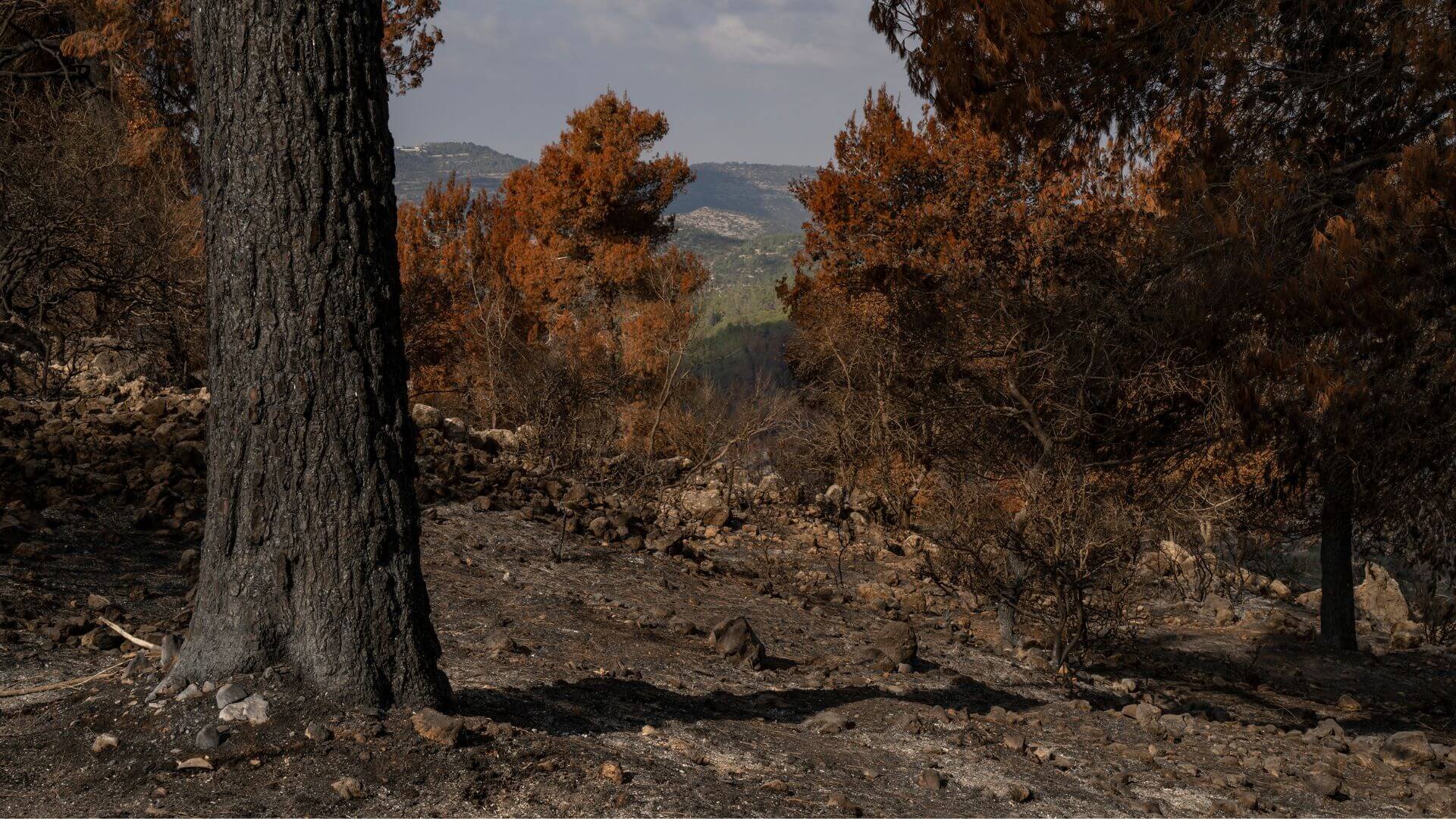
Wildland Fire Organizations Across Canada
The information contained within this section has been obtain primarily through web searches. None of the organizations listed below endorse or support this website. Should an organization wish to reach out to supply content and/or update misinformation, they are welcomed to do so. Any official information provided will be noted inside their section. As in: Information Supplied by [Provincial/Territorial] Fire Organizations.
Click the links to find out more about:
First Aid Standards
Driver’s License
Boot Requirements
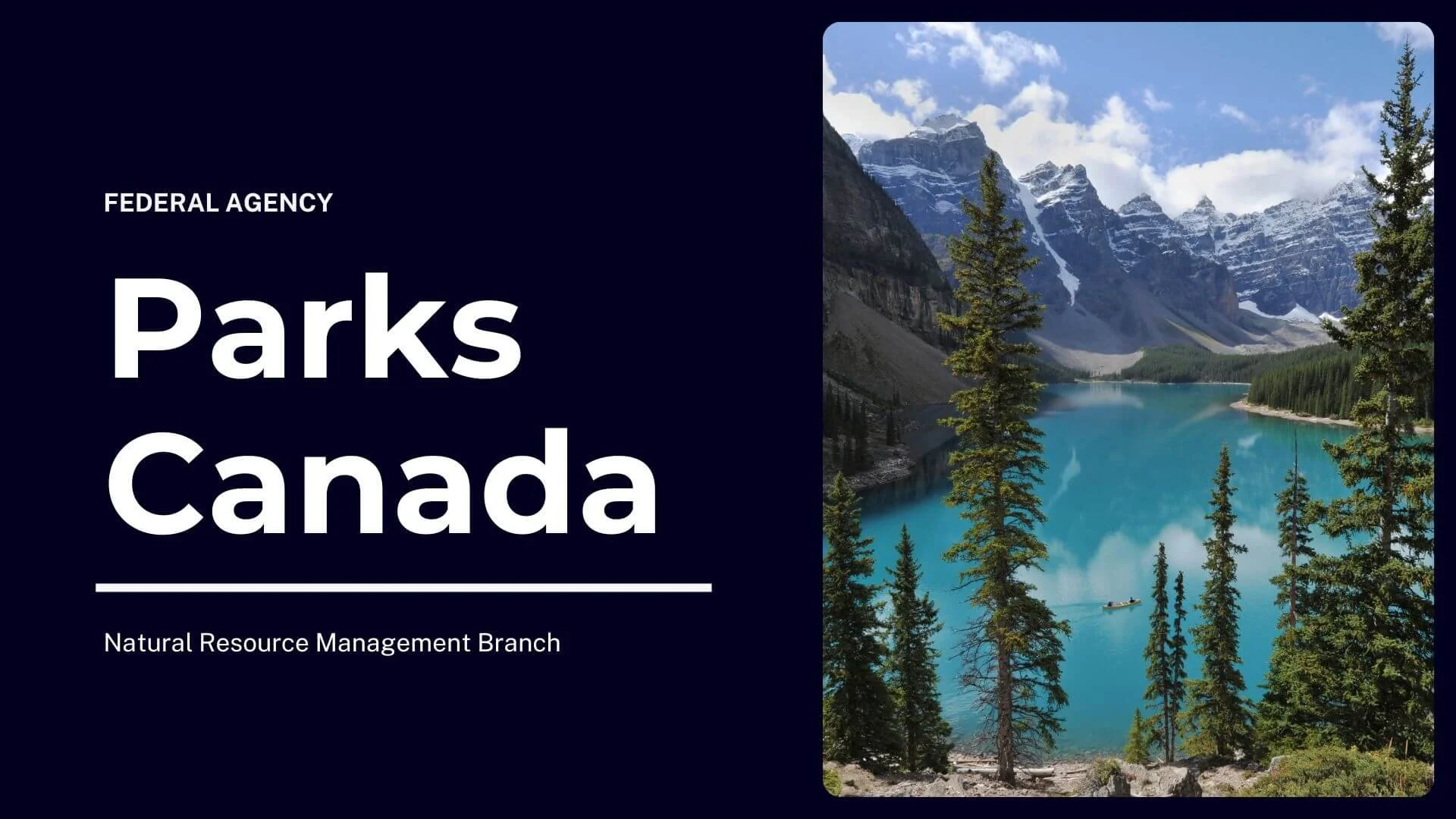
Parks Canada: Federal

Indigenous Fire Agencies

Yukon Wildfire Management

Northwest Territories Wildfire

BC Wildfire Services
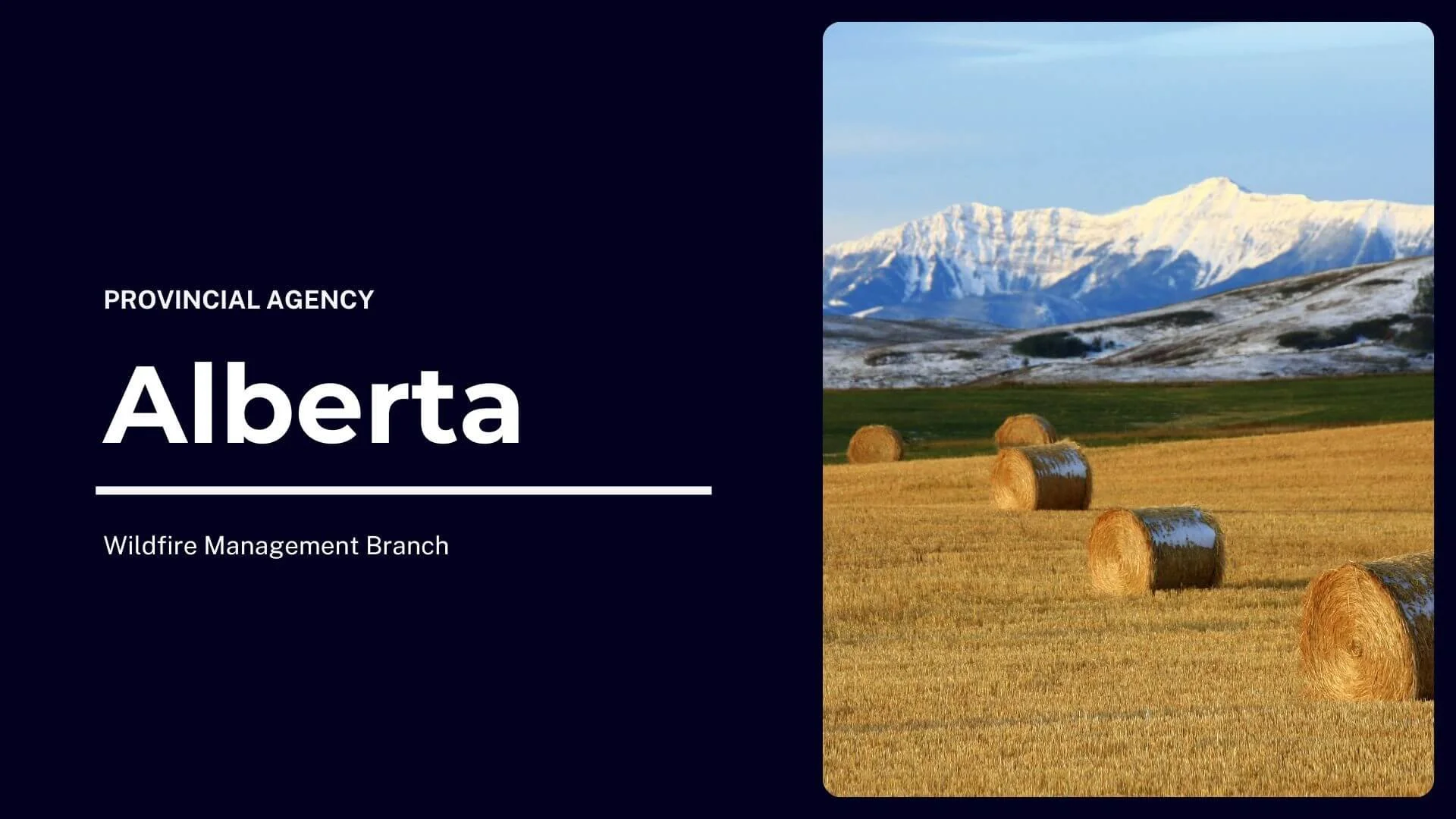
Alberta Wildfire
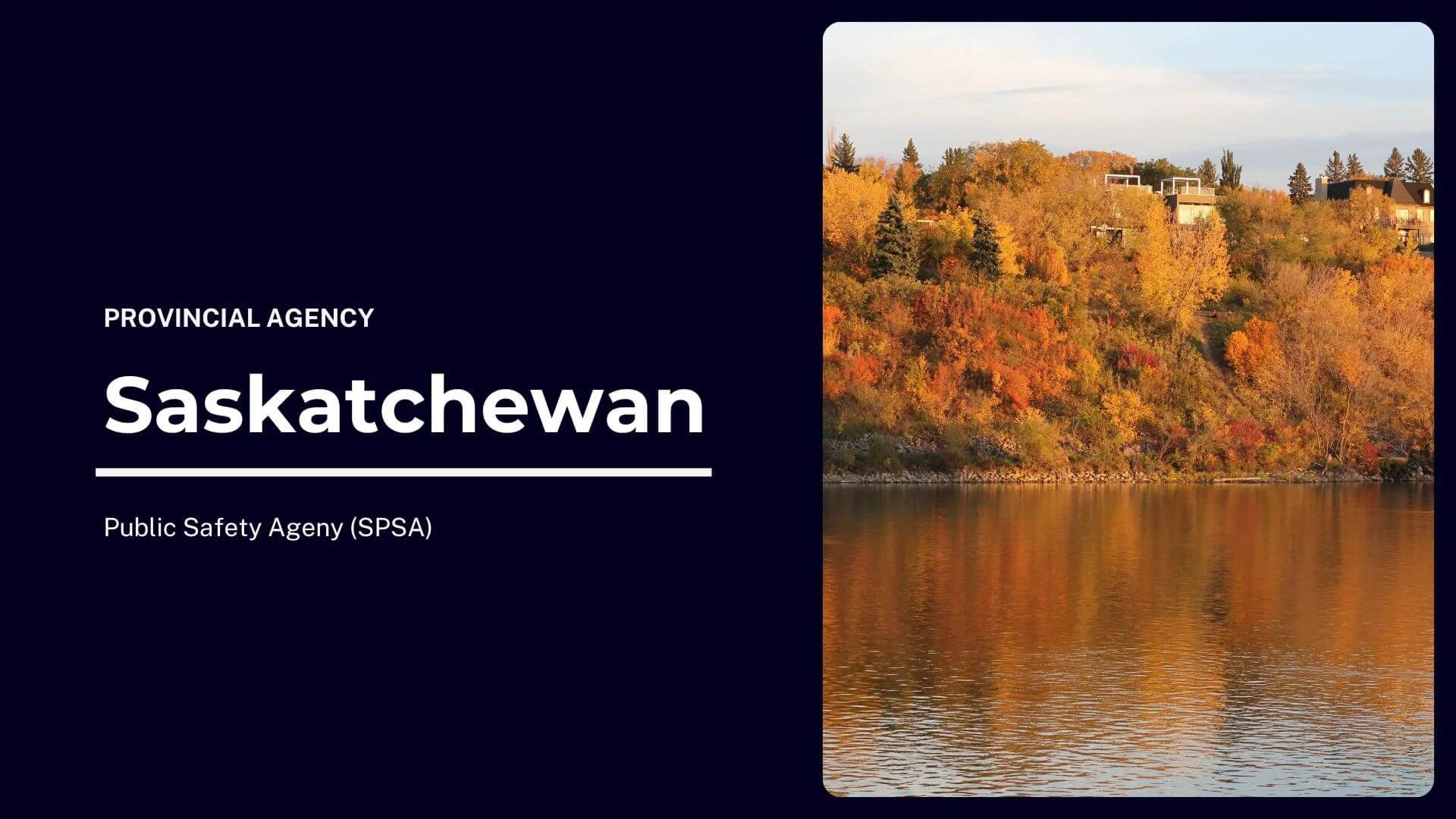
Saskatchewan Wildfire

Manitoba Wildfire
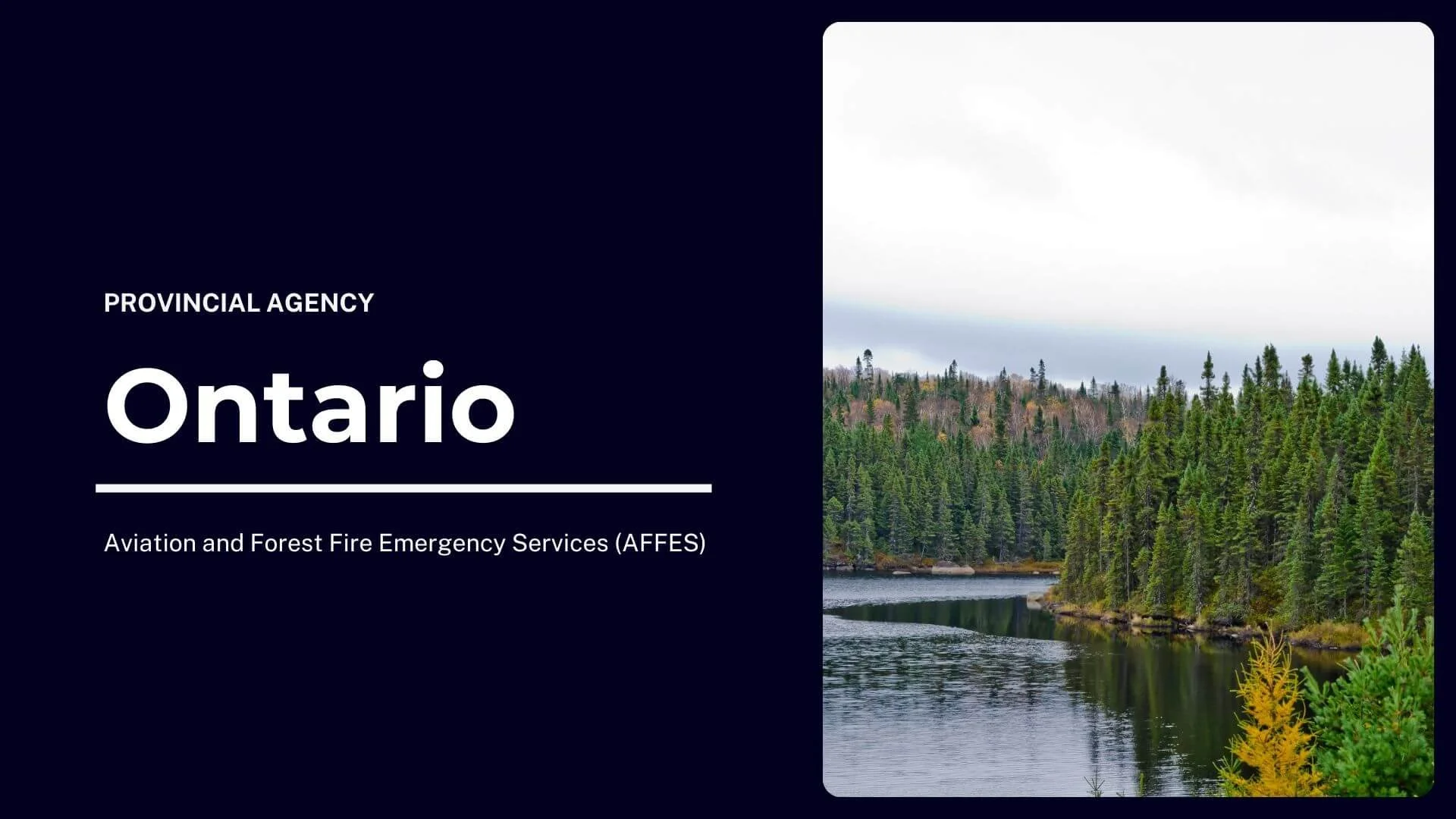
Ontario Wildfire

Quebec Wildfire
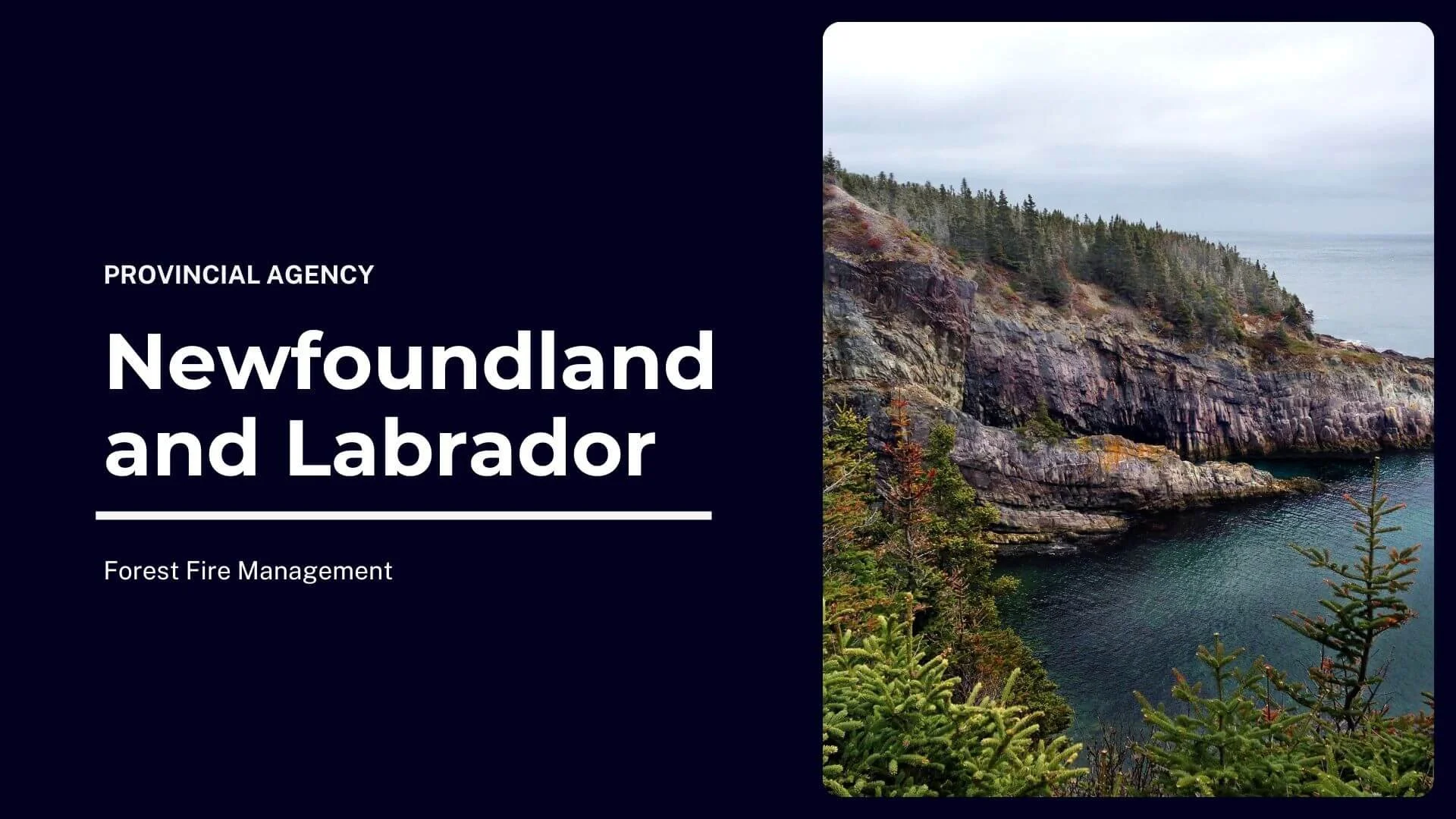
Newfoundland and Labrador Wildfire

Prince Edward Island

Nova Scotia Wildfire

New Brunswick Wildfire

Canadian Interagency Forest Fire Centre
Wages
Hourly Rates
These are the estimated hourly rates for first year firefighters based on the agency they are associated with.
These numbers have not been completely confirmed. I’ll update this section once all the information has been verified with an agency rep.
Fit Test
WFX-Fitness Test
Watch this quick video produced by Alberta Fire to get an overview of what the fitness test is like.
For more details about the test…
Lions, and Tigers, and Bears - oh my
First - Boots - Driver
Information + Key Differences
Terminology
Various terms you may see in job postings or on fire organization websites.
-
Initial attack crews are 3- to 4-person quick-response teams deployed in the early stages of a wildfire, using vehicles and aircraft (rotary and fixed wing) to control a fire's spread and growth.
-
A Unit Crew is a 20-person team specialized in wildland firefighting operations on large, sustained fires. They perform tasks like fireline construction (dig fire guards), installing pump and hose lines, burn operations, and removing fuel using chainsaws to contain and to help control wildfires.
-
Helitack (HAC) crews are wildland fire suppression teams transported by helicopter, typically consisting of 4- to 8-person crews. They specialize in rapid deployment, fireline construction, and supporting aerial firefighting operations, often in remote areas.
-
Parattack crews, also known as smokejumpers, are specialized wildfire firefighters trained to parachute from fixed-wing aircraft. They are deployed to remote or hard-to-reach areas for rapid response and initial attack on wildfires. BC is currently the only Fire Program with these crews.
-
Rapattack crews are specialized 3-person teams that use medium-lift helicopters with hoist and rappel gear to reach remote or hard-to-access incidents. Currently only used in BC’s Fire Program.
-
Type 2 or Firetack (FTAC) crews as they are referred to in Alberta are trained teams of firefighters handling low to moderate complexity fires. They may assist with tasks like direct attack, fireline construction, and mop-up operations, though their standards differ from Type 1 crews.
Type 3 crews are made up of temporary firefighters and used primarily for mop-up situations and will have some sort of basic wildfire training.
